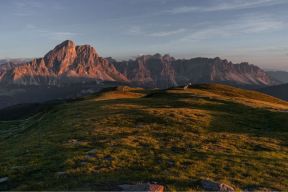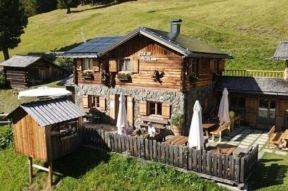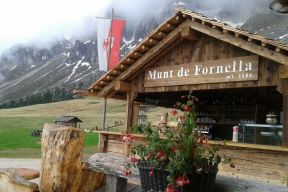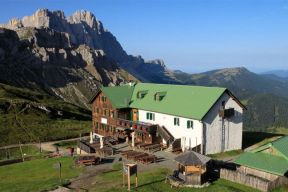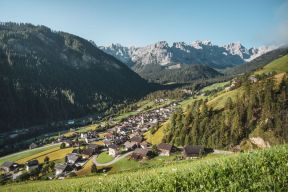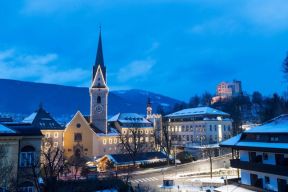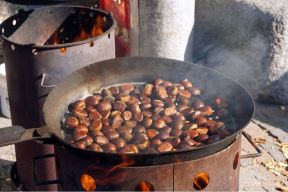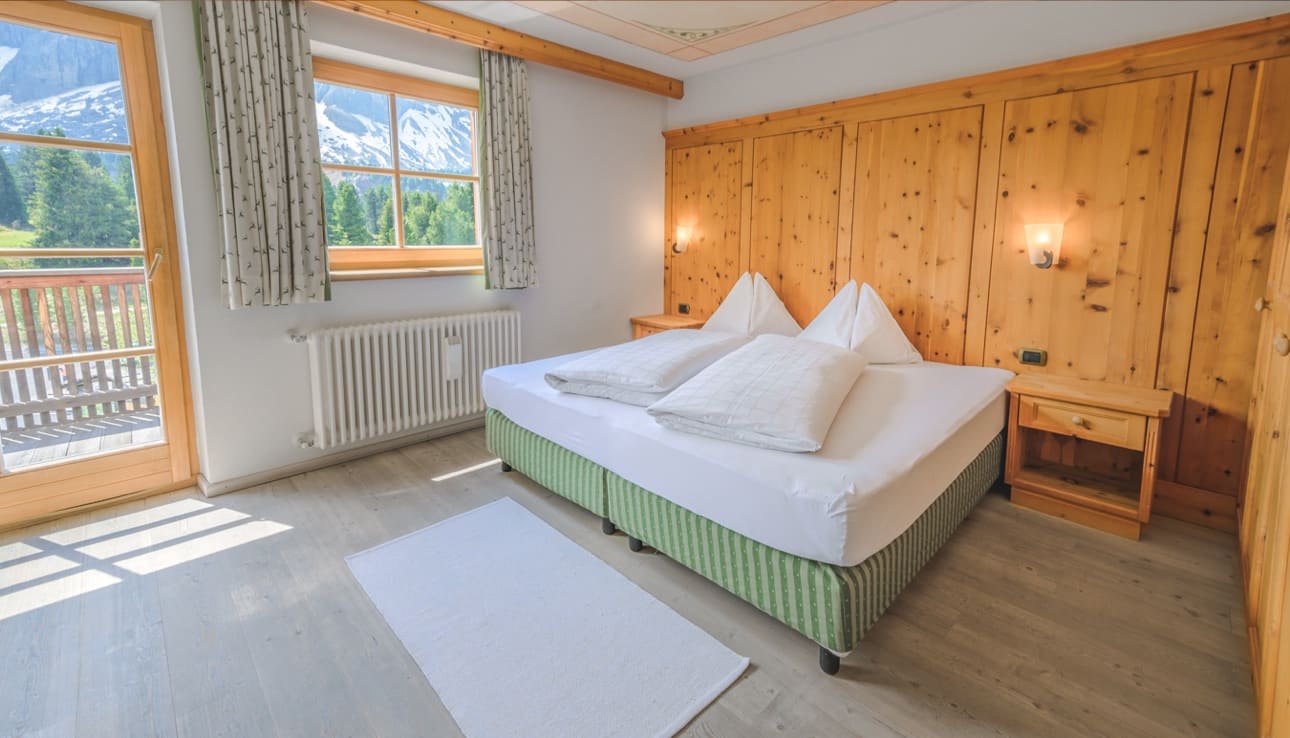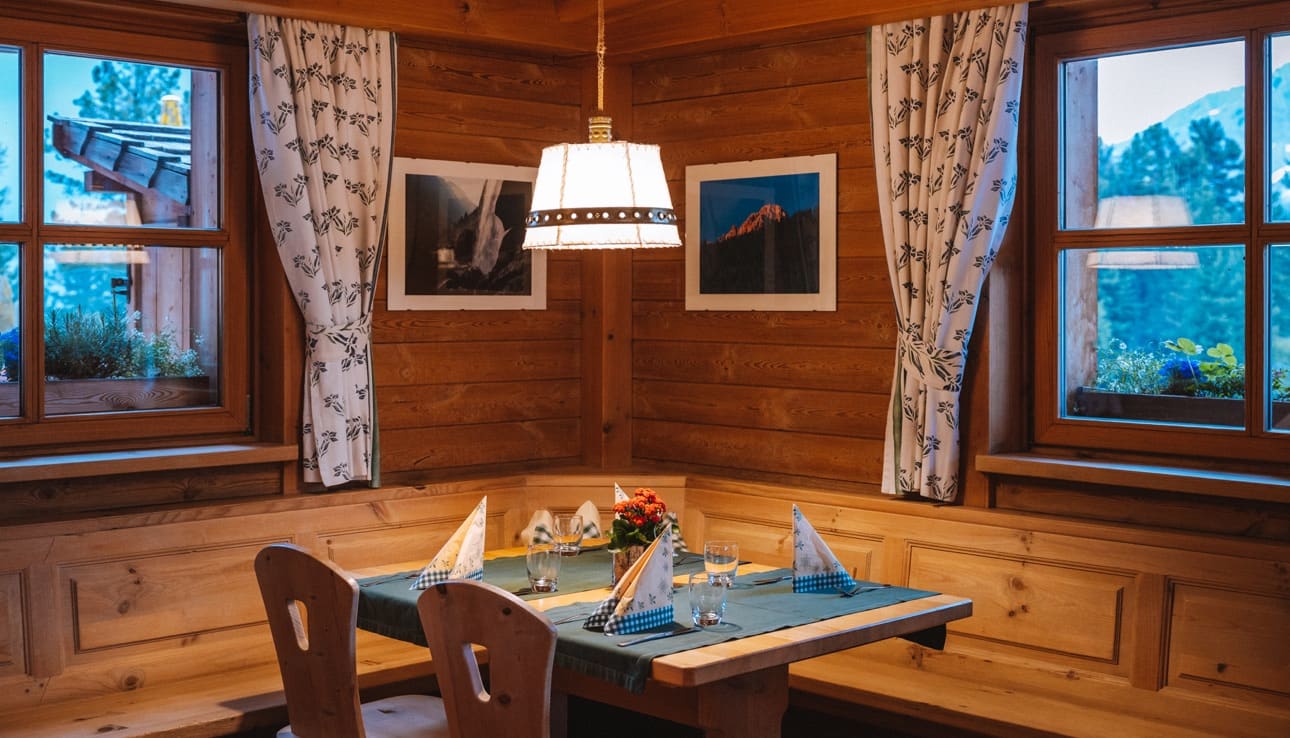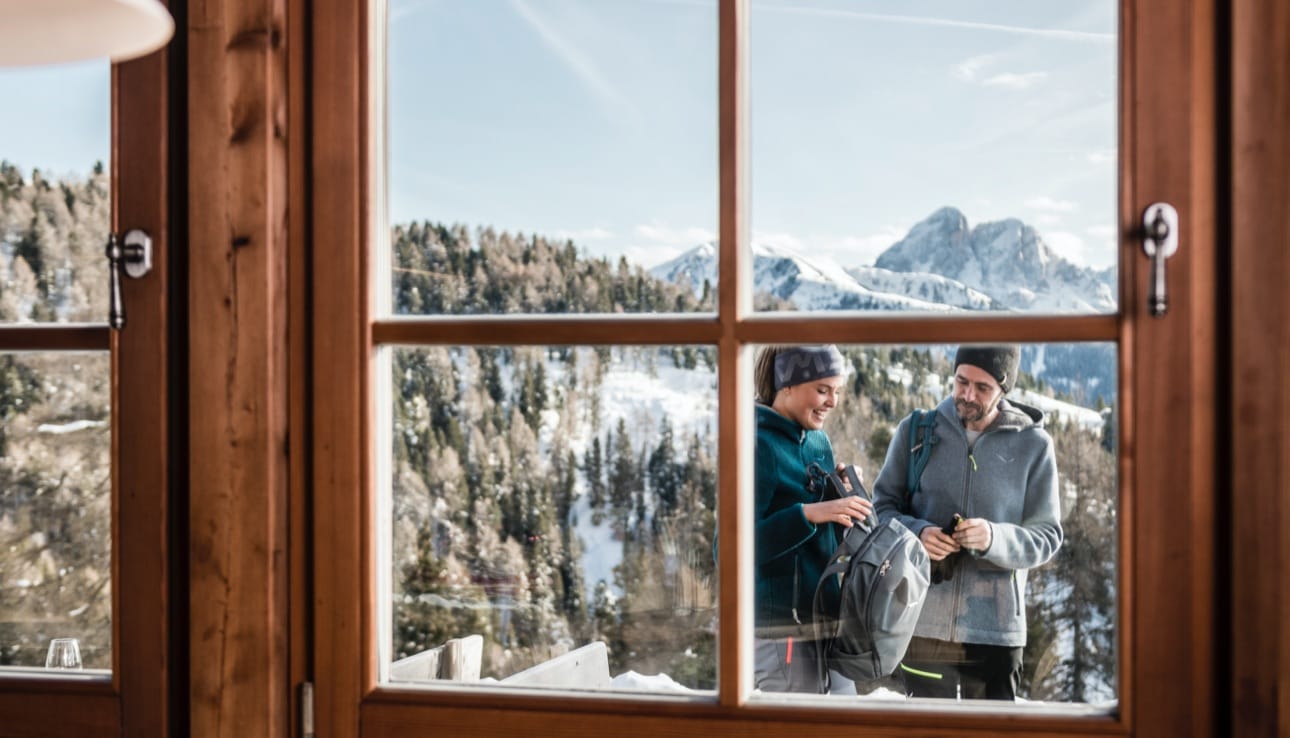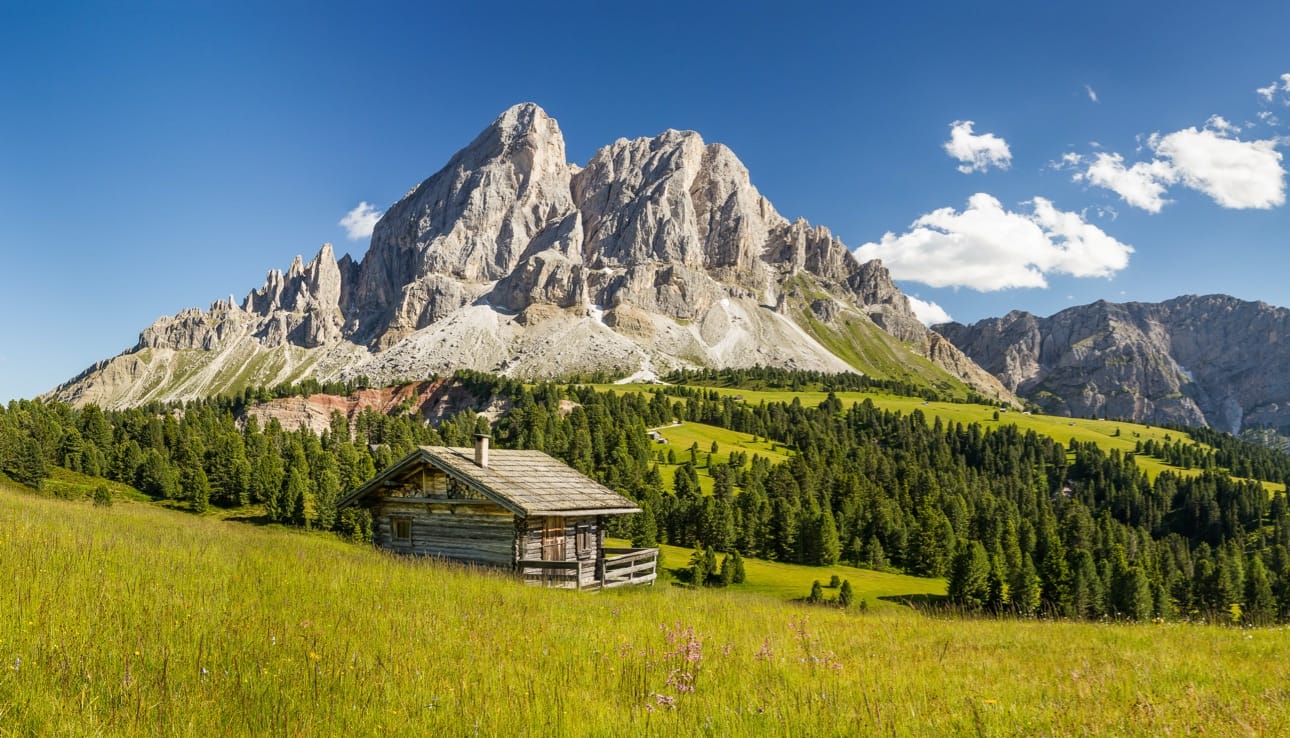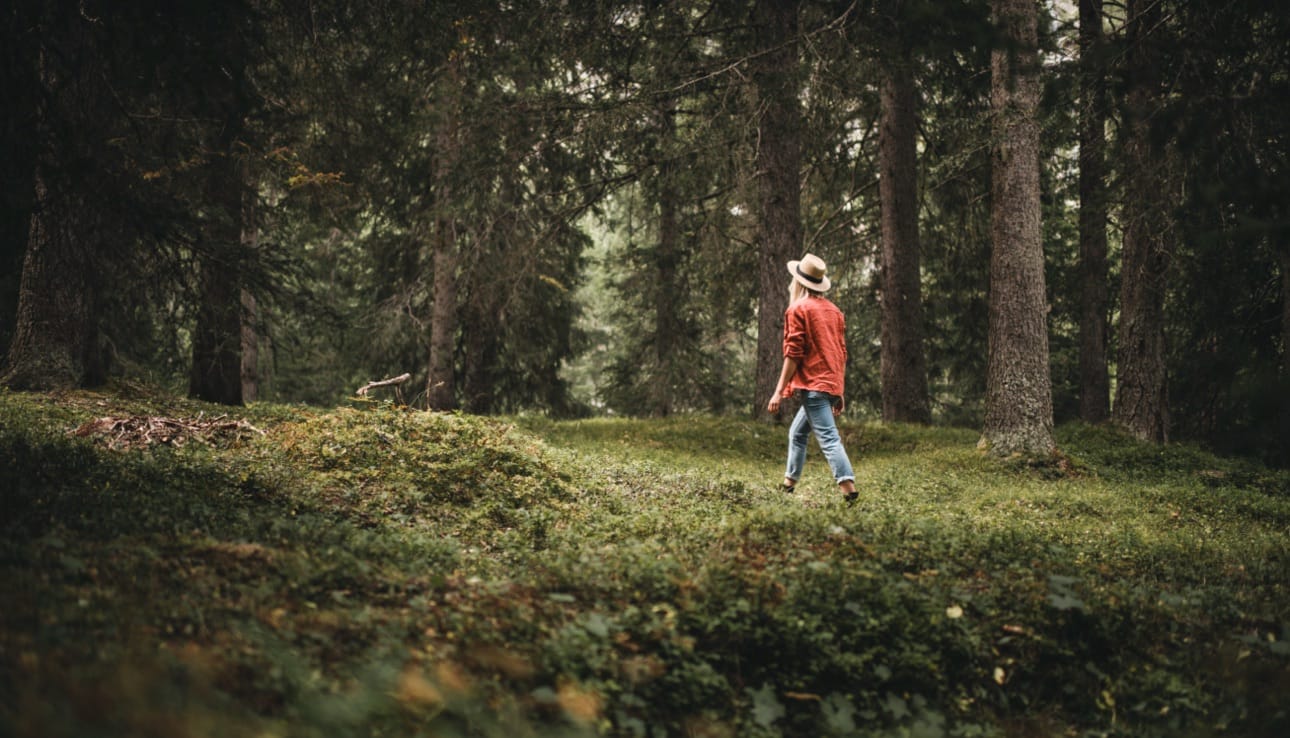Cultural Activities in the Plan de Corones Area and in Val di Funes
Our alpine refuge enjoys a strategic location in the heart of Passo delle Erbe, surrounded by the tranquillity of picturesque alpine meadows. In addition to offering numerous outdoor activities, the area boasts a rich cultural history and local traditions that make the experience unique. Learn more about the local culture by visiting the following attractions during your stay.

